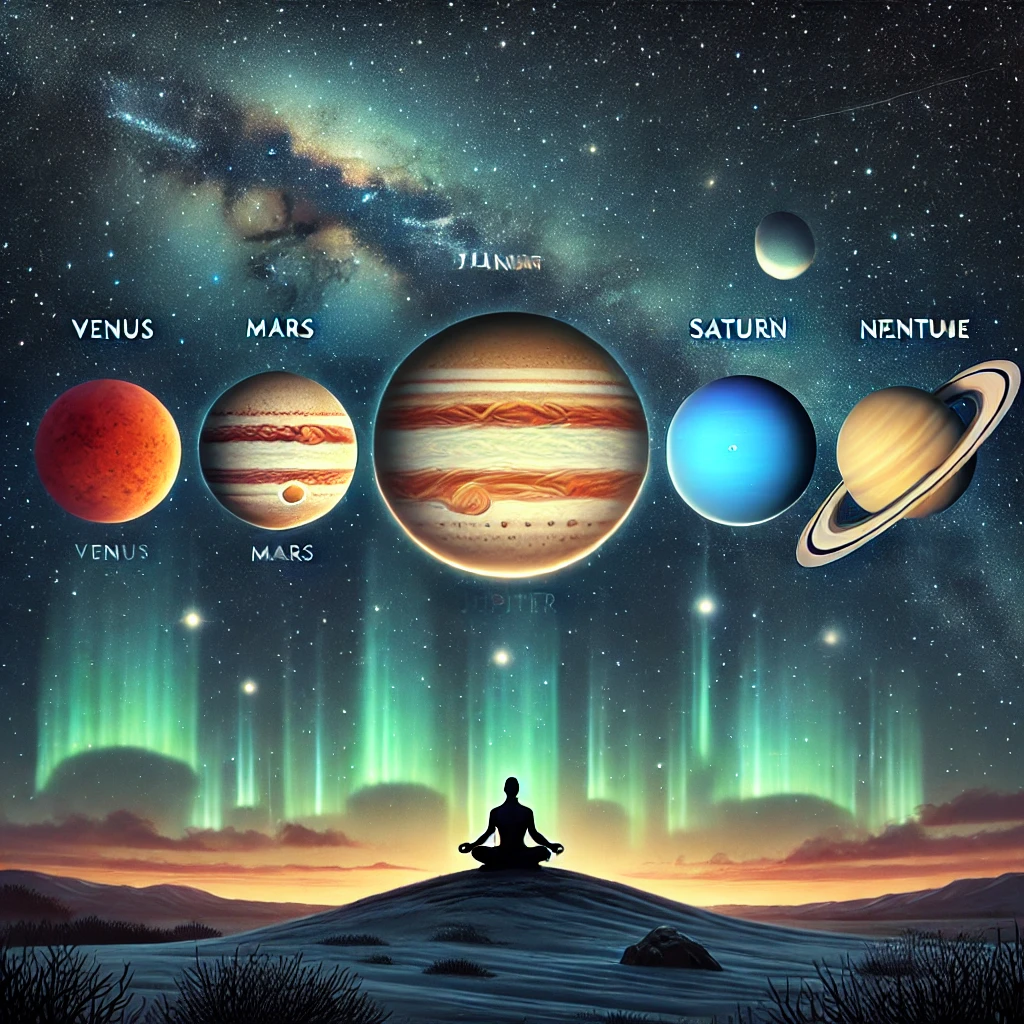
Chromotherapy: Understanding the Frequencies of Colors
Chromotherapy, also known as color therapy, is an alternative healing practice that uses the frequencies of colors to balance the body’s energy and promote physical, emotional, and mental well-being. Rooted in ancient traditions, chromotherapy is based on the belief that different colors emit varying energy frequencies that can influence our health and mood. Each color is associated with specific healing properties, and practitioners of chromotherapy harness these properties to restore harmony in the body and mind.
In today’s world, chromotherapy is becoming increasingly popular as people seek holistic approaches to health that emphasize natural, non-invasive healing methods. But to fully understand chromotherapy, it’s essential to explore how the frequencies of colors impact us and how this ancient practice has evolved into a modern healing modality.
The Science Behind Chromotherapy
At the core of chromotherapy is the idea that every color in the visible spectrum corresponds to a specific wavelength and frequency of light energy. Light itself is a form of energy, and the human body is known to be sensitive to electromagnetic radiation in the form of light. Different colors, due to their unique wavelengths, have different effects on the body’s energy centers, known as chakras.
The seven colors of the rainbow—red, orange, yellow, green, blue, indigo, and violet—each correspond to different energy vibrations. These colors are often associated with the body’s seven chakras, or energy points, and chromotherapy seeks to balance the energy flow within these chakras by exposing the body to the appropriate color frequencies.
For instance, red has the longest wavelength and the lowest frequency of the visible spectrum, making it a color of energy, passion, and action. On the opposite end, violet has the shortest wavelength and the highest frequency, which is associated with spirituality, intuition, and peace. Chromotherapy practitioners believe that imbalances in the body’s energy can be corrected by using the colors with the corresponding frequencies to restore harmony.
The Healing Power of Colors
In chromotherapy, each color is believed to possess specific healing properties that target different physical, emotional, and mental issues. Understanding how each color works is key to grasping the full potential of this therapeutic practice.
- Red: Often associated with vitality, strength, and courage, red is considered an energizing color. It is believed to stimulate the circulatory system, increase energy levels, and help combat lethargy or fatigue. However, it is also a powerful color and should be used sparingly in cases of anxiety or agitation, as too much exposure can lead to overstimulation.
- Orange: Known as the color of creativity and joy, orange is believed to help uplift mood and increase optimism. It is often used to treat emotional blockages, depression, and feelings of isolation. On a physical level, orange is thought to boost digestion and support the reproductive system.
- Yellow: Yellow, associated with intellect and clarity, is believed to stimulate the mind and enhance focus and concentration. It is often used to treat mental fatigue, digestive disorders, and nervousness. As a bright, vibrant color, yellow can bring warmth and positivity into one’s energy field.
- Green: The color green is symbolic of nature, healing, and balance. It is thought to have a calming effect on the mind and body, making it a popular choice for stress relief and emotional healing. Green is also linked to the heart chakra and is believed to help with conditions related to the heart, lungs, and immune system.
- Blue: Known for its soothing and cooling properties, blue is often used to reduce tension and anxiety. It is linked to the throat chakra and is thought to aid in communication, reduce inflammation, and lower blood pressure. Blue is ideal for promoting relaxation and deep rest, making it beneficial for insomnia or hyperactivity.
- Indigo: A color associated with intuition, indigo is believed to stimulate the third eye chakra, enhancing spiritual awareness and psychic abilities. It is used in chromotherapy to treat issues related to the nervous system and to promote mental clarity, inner peace, and meditative states.
- Violet: Violet, being at the highest frequency in the visible spectrum, is connected with spirituality, transformation, and enlightenment. It is thought to balance the crown chakra and foster spiritual growth and connection to higher consciousness. It is also believed to assist with sleep, healing emotional trauma, and easing feelings of grief or sadness.
How Chromotherapy Works
In practice, chromotherapy can be applied in various ways, each designed to expose the body to color frequencies that resonate with its energy centers. Some common methods include:
- Light Therapy: Special lamps or light sources are used to project specific colors onto the body or surrounding space. This is one of the most direct ways to apply chromotherapy, as the body absorbs the light energy through the skin and eyes.
- Color Visualization: In this method, patients are encouraged to visualize certain colors while meditating or relaxing. The idea is that mentally focusing on a color can help balance emotional and mental states by creating a vibrational resonance with the associated chakra.
- Crystal Healing: Crystals and gemstones are used in conjunction with chromotherapy because they are believed to carry the energetic properties of specific colors. Placing these crystals on the body’s chakras is thought to amplify the healing effects of the colors.
- Color Baths: Adding colored light or colored bath salts to a bath is another way chromotherapy is practiced. Immersing oneself in a colored bath is believed to help absorb the color's energy directly into the body.
Modern Applications of Chromotherapy
While chromotherapy has its roots in ancient cultures, such as ancient Egypt, India, and China, it has been adapted into modern holistic practices. Many spas, wellness centers, and healing practitioners now incorporate chromotherapy into their treatments, often pairing it with other therapies like acupuncture, yoga, or massage.
Today, chromotherapy is used to address a range of physical and emotional issues, from chronic pain and sleep disorders to stress and anxiety. Although scientific studies on chromotherapy’s effectiveness are limited, many people who use it report feeling more balanced, relaxed, and energized.
Conclusion: Embracing the Frequencies of Colors
Chromotherapy provides a holistic approach to healing that emphasizes the power of color and light energy to influence our health and well-being. By understanding the frequencies of colors and how they correspond to the body’s energy centers, chromotherapy offers a simple yet profound way to restore balance and harmony in our lives. Whether through light therapy, visualization, or color baths, chromotherapy invites us to harness the natural vibrational power of colors to promote healing on every level.
Comments (0)
Categories
Recent posts


Planetary Alignment on January 25, 2025: ...
30/11/2024
Tartaria and the Mudflood
22/12/2024
The Vatican’s Jubilee Year - Rituals, ...
20/12/2024



